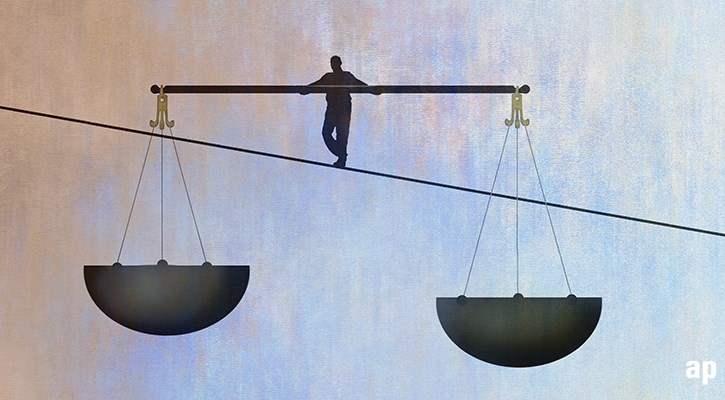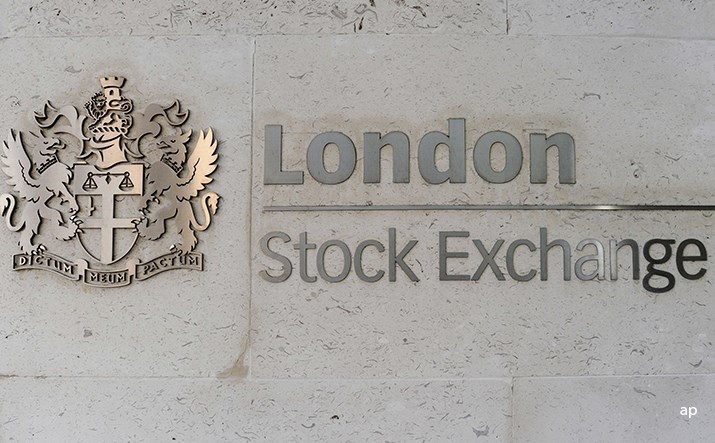
Beverage company Coca-Cola (KO) needs little introduction. The infamous soft drink was first created in 1886 when John Pemberton, a pharmacist from Atlanta, decided to whip up a caramel-coloured liquid with some carbonated water and sell it for 5 cents a glass. The drink was soon trademarked and its popularity has only grown. This week our Twitter followers have voted it Stock of the Week from a choice of four US dividend-paying stocks.
The US stock market is not known for its dividend-paying credentials – in fact, the average yield on the S&P 500 is around 1.5%. But Coca-cola yields an attractive 3.11% and is also rated as four stars by Morningstar analysts, indicating that at its current price of $53, it is trading below its fair value estimate of $55.
Always Coca-Cola
The world-famous brand name earns the company a Wide Economic Moat and Morningstar analyst Nicholas Johnson says: “Coca-Cola’s ubiquity and brand resonance has been going strong for over 130 years, and we see structural dynamics that will ensure this persists.” Back in 1886, Pemberton sold nine Coca-cola drinks a day. Now the company estimates that 1.9 billion servings of Coke are drunk in more than 200 countries every day. And let’s not forget, the company also owns other successful brands including Sprite, Fanta, Schweppes and Costa Coffee.
As consumers have become more health-conscious in recent years, Coke has explored growing parts of the soft drink market such as premium water and energy drinks – it owns brands including Powerade, Smart water and Innocent smoothies. The firm has also successfully tapped into new regions and Morningstar analysts estimate it gets around 40% of its revenues from developing and emerging markets, where young demographics and a growing middle-class mean more people are looking to buy premium Western brands.
Coca-Cola was not immune from last year’s Covid-19 difficulties though, and reported in February that full year revenues were down 11% to $33 billion. It added, however, that while there were still uncertainties relating to the pandemic, “the company has greater visibility into its future recovery and is confident its actions will continue to mitigate the effects of the crisis”.
Coke's ESG Credentials
Sustainably-minded investors might be wondering about the ESG credentials of a company whose key product is delivered in plastic bottles. Coke’s “World Without Waste” strategy focuses on creating a so-called circular economy for its packaging material and it has set a goal to reduce virgin PET plastic usage by 3 million metric tons by 2025.
Sustainalytics, a Morningstar company, rates Coca-Cola as having a medium risk rating of 25.3 and ranks it as an outperformer in corporate governance. For comparison, rival Pepsico is given a low ESG risk rating of 17.7, and Monster Beverage Corp scores 28.6. Sustainalytics points out that concerns around obesity and diabetes are a risk for the business, with a growing number of countries considering the introduction of a sugar tax.
Sustainalytics adds: “Beyond the health concerns related to its products, Coca-Cola is also in the spotlight as a significant contributor to the global plastic waste crisis.” The ESG report also points to Coke’s “inherently water-intensive operations” and potential supply chain issues as it sources raw materials, such as sugar, that are “at systemic risk of forced and child labour”.
How have investors in the stock fared? In the March 2020 sell-off, Coke’s shares fell from $60 to $38, but they finished the year up 2% overall. Investors have enjoyed annualised returns of 9.17% over three years and 6.9% over the past 10 years.
Coke is almost three times the size of its next-largest competitor and undoubtedly enjoys the benefits of scale. Its ad budget is unparalleled, says Morningstar’s Johnson, which helps it maintain brand awareness, and digitisation initiatives should ensure that continues. “Ultimately, Coke’s overarching goal is to put drinks in more hands in more places more quickly than any competitor,” says Johnson. “We believe this pithy synopsis represents the crux of the firm’s competitive positioning, underpinned by its cost advantage and intangible assets.”








.jpg)




















